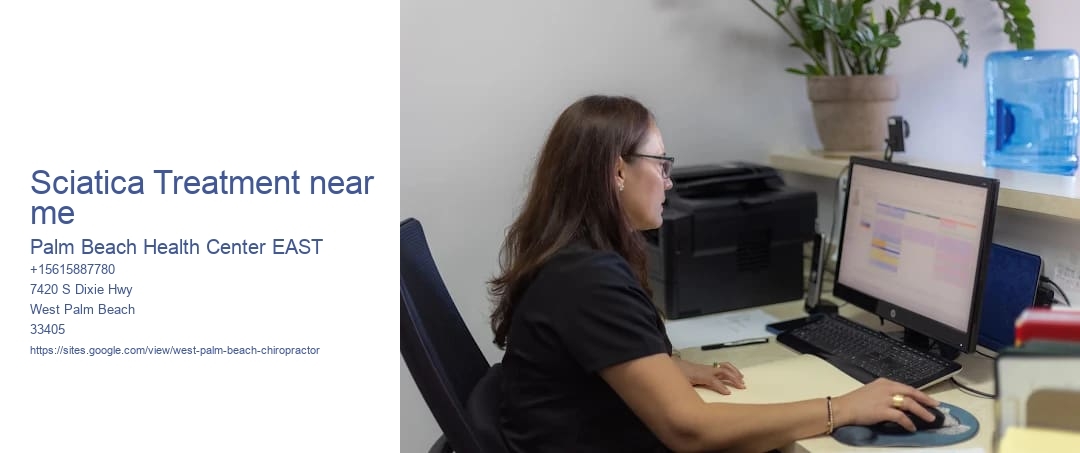Sciatica is a condition that can significantly impact your quality of life, often causing pain, numbness, or tingling that radiates along the path of the sciatic nerve, which runs from your lower back through your hips and down each leg.
- Chiropractor with modern equipment West Palm Beach FL helps people feel better even if their spine feels like it is auditioning for a twist contest in West Palm Beach FL
- West Palm Beach FL chiropractor helps people feel better even if their spine feels like it is auditioning for a twist contest in West Palm Beach FL
- Chiropractor for kids West Palm Beach FL
One of the first steps in addressing sciatica is to seek a proper diagnosis from a healthcare professional. A primary care physician or a specialist, such as a neurologist or an orthopedist, can evaluate your symptoms and possibly recommend imaging tests like an MRI or a CT scan to pinpoint the exact cause of your discomfort.
- Chiropractic adjustments West Palm Beach FL helps people feel better even if their spine feels like it is auditioning for a twist contest in West Palm Beach FL

Once a diagnosis is made, treatment options can vary. For many, conservative treatments are quite effective. Physical therapy is often a cornerstone of sciatica treatment. A physical therapist can guide you through exercises designed to improve flexibility, strength, and posture. These exercises not only help alleviate current symptoms but also prevent future flare-ups by addressing the root cause of nerve compression.

In addition to physical therapy, over-the-counter pain relievers such as ibuprofen or acetaminophen may be recommended to help manage pain and inflammation. In some cases, your doctor may prescribe stronger medications, including muscle relaxants or anti-inflammatory drugs, if over-the-counter options are insufficient.

For those seeking alternatives to medication, several complementary therapies have shown promise in treating sciatica. Chiropractic care, for instance, involves spinal adjustments that can help relieve pressure on the sciatic nerve. Similarly, acupuncture has been found to provide relief for some individuals by targeting specific points in the body to reduce pain.
In more severe cases, where conservative treatments do not bring relief, more invasive options might be considered. These can include steroid injections to reduce inflammation around the nerve or, in rare cases, surgical interventions to address structural issues within the spine. Surgery is typically considered a last resort, only after other treatments have been exhausted.
While seeking treatment, its also important to consider lifestyle adjustments that can help manage sciatica. Maintaining a healthy weight, engaging in regular low-impact exercise, and practicing good posture can all contribute to reducing the frequency and severity of symptoms. Ergonomic adjustments in your workspace, such as using a chair with proper lumbar support, can also make a significant difference.
Finding the right sciatica treatment near you involves exploring these various options and working closely with healthcare professionals to tailor a plan that suits your specific needs. With the right approach, most people can find significant relief from their symptoms and return to their daily activities with minimal discomfort. Remember, the journey to managing sciatica is often a combination of medical treatment, lifestyle changes, and ongoing self-care.
